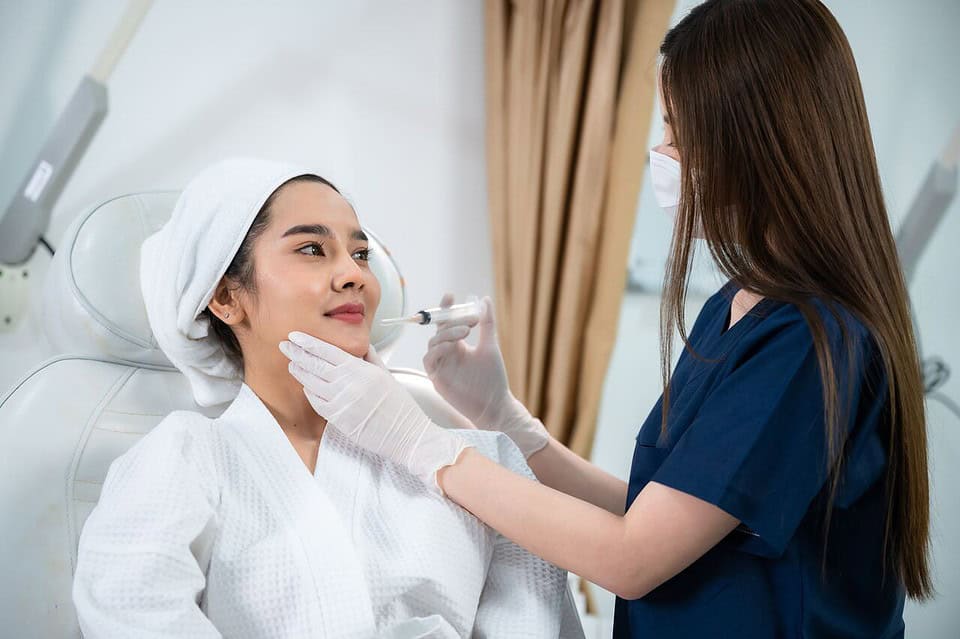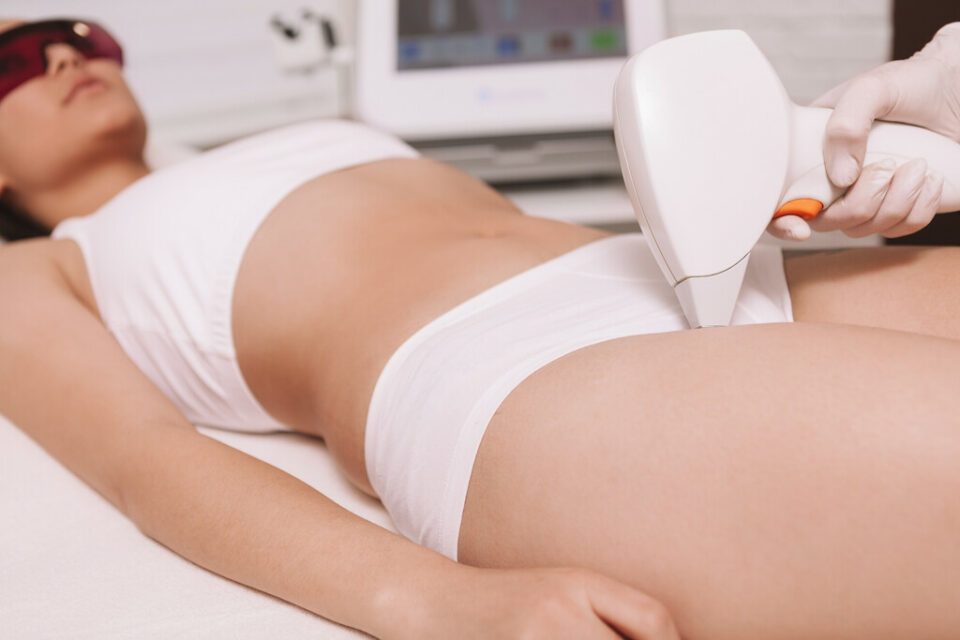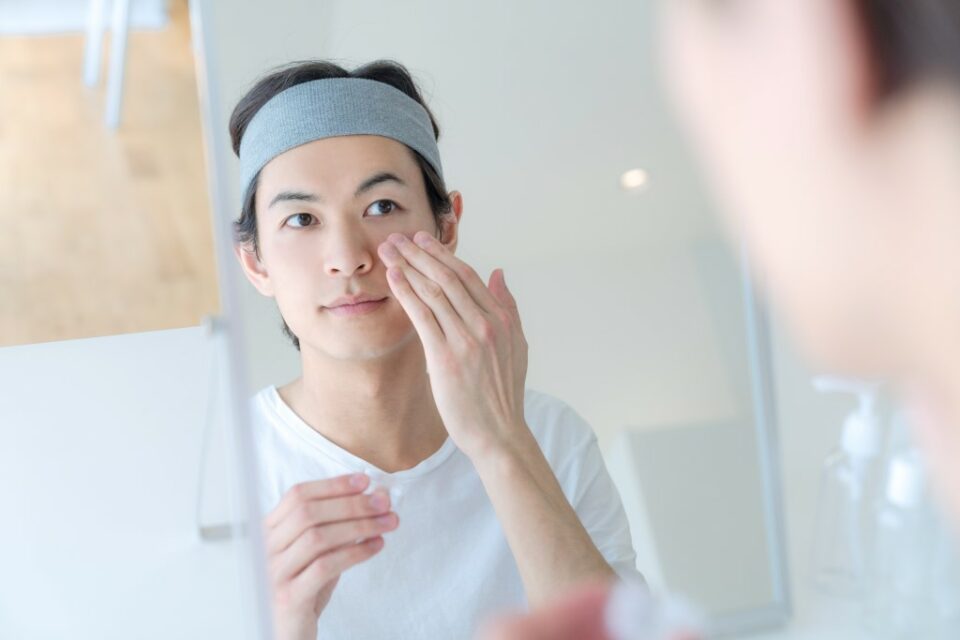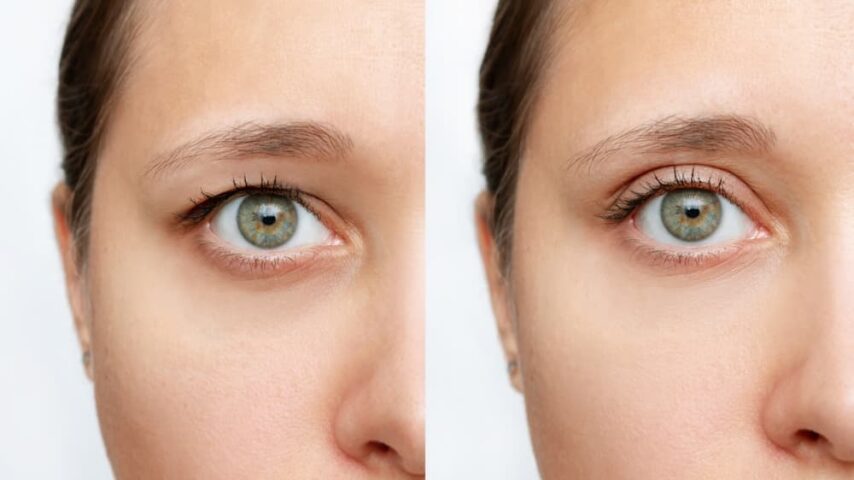
What Are the Types of Upper Blepharoplasties?
Upper and lower blepharoplasties are surgical procedures that remove excess skin from your eyelids. As you age, the skin of your eyelids, and the muscles that support them, can stretch and begin to droop and sag. Excess skin and fat can accumulate within the eyelid as they lose elasticity.
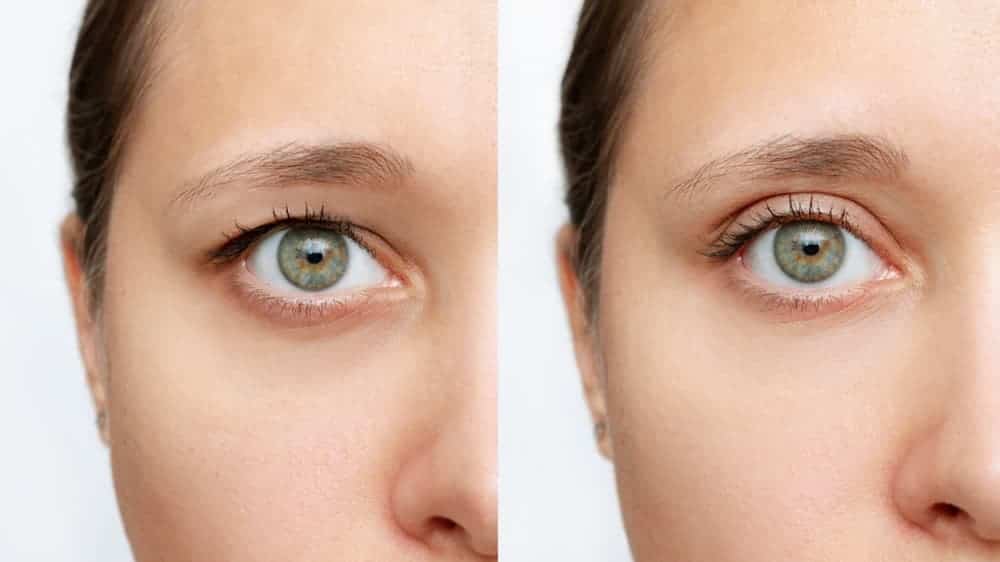
The condition can affect your vision, particularly peripheral vision along the upper and outer areas of the vision field. An upper blepharoplasty can eliminate this excess skin and fat deposits, restore your vision to normal, and make your eyes look younger, larger, and more alert. Upper blepharoplasties are becoming popular procedures in Bangkok, and they don’t take much time to perform; they’re usually done on an outpatient basis, and they generally heal within ten days to two weeks.
Types of Upper Blepharoplasties
There are three different types of upper blepharoplasties that deal with wrinkled eyelids, droopy eyelids, and Asian eyelids. Your doctor will make a recommendation after they have examined your eyes.
Patients that elect to have the wrinkled eyelid procedure are usually over age 40 and have excess upper eyelid skin that has become wrinkled, adding extra years to their appearance. They often also have problems applying makeup. The wrinkled eyelid procedure is primarily cosmetic and removes excess skin with or without excess fat removal. Patients undergoing this procedure are sometimes recommended to also have brow lift surgery to achieve the patient’s desired results.
The droopy eyelid procedure is recommended for patients who experience blocked vision due to excess skin on the eyelid. Ptosis is the clinical word for this condition, and most patients are over the age of 60. Natural aging (senile ptosis) is the usual cause of this condition, but it may also develop in younger people for many different reasons. An ophthalmologist can perform an examination that will help determine the reason for an unexplained droopy eyelid condition.
The upper blepharoplasty for the Asian eyelid is the third type of procedure. The primary reason to undergo this procedure is to surgically make a crease or fold in the eyelid resulting in a “double eyelid.” The procedure may be purely cosmetic, but it also can help improve a patient’s vision by enabling them to open their eyes wider.
What to Expect from an Upper Blepharoplasty Procedure
As mentioned, most upper blepharoplasties are performed on an outpatient basis in a clinic or doctor’s office. You’ll be given a local anesthetic that will numb your eyelids. You may also be given a mild sedative to help you relax.
The surgeon will make an incision that follows the fold in the eyelid for the wrinkled and droopy eyelid procedures. The surgeon then trims the excess skin and removes some muscle and possibly some fat. The eyelid is then sutured, and the sutures are hidden on the fold. If your eyelid is drooping close to the bottom of the eyelid, near your pupil, the surgeon may perform a procedure called ptosis that’s designed to lift the eyelid while also removing excess skin.
Upper Blepharoplasty for Asian Eyelid Procedure
This procedure is slightly different from the wrinkled and droopy eyelid procedures. There are three techniques used in Asian eyelid upper blepharoplasty.
The full incision technique is utilized when the patient has excess fat as well as skin in the upper eyelid. The surgeon typically makes an incision almost the entire length of the eyelid and then removes the excess skin, muscle, and fat. When it’s time to close the incision, the surgeon uses sutures to copy the effect of the fibrous attachments that are naturally present in double eyelids. The sutures are hidden by the fold that’s created and dissolve over time.
The partial incision technique is used with patients who don’t have excess skin but do have excess fat that needs to be removed before the fold can be made. The incision is made partway along the eyelid, just long enough to remove the extra fat. The surgeon then uses sutures to create the fold, as in the full incision technique. The main reason to use the partial incision technique is to minimize scarring. However, the technique is more challenging, as the incision is shorter and the sutures are smaller.
The no-incision technique is self-explanatory. This technique may be used when the patient doesn’t need skin or fat removed from the eyelid. Instead of an incision, the surgeon will make several tiny holes in your eyelid along the intended fold line and pass sutures through these holes to resemble the fibrous attachments of natural double eyelids. The sutures are buried under the created fold and dissolve over time.
Each upper blepharoplasty technique usually takes about one to two hours to complete.
Recovering from an Upper Blepharoplasty
After your procedure, you’ll spend time in a recovery room so staff can monitor you for any complications. You’ll need to arrange in advance for someone to drive you home.
After your procedure, you may have the following temporary conditions:
- Blurred vision
- Double vision
- Light sensitivity
- Pain or discomfort
- Puffy and numb eyelids
- Swelling and bruising around the eyes
- Watery eyes
You’ll be advised to use ice compresses to reduce swelling for several days and use any medications or eye drops as prescribed. You’ll also receive a list of things to avoid, like any strenuous activities, smoking, wearing contact lenses, or taking pain relievers that can increase bleeding. An upper blepharoplasty generally fully heals in about ten days to two weeks.
Have Your Upper Blepharoplasty Performed at Nirunda Clinic
Nirunda Aesthetic Clinic provides upper and lower blepharoplasties in Bangkok, Thailand. We also provide a range of other surgeries and treatments, including:
- Skin treatments
- Injectable fillers, vitamin IV drips and thread lifts
- A full range of cosmetic surgery
- Cell-assisted lipotransfer (CAL)
If you’re considering an upper or lower blepharoplasty or any other treatments we offer, please make an appointment for an initial consultation at Niruda Aesthetic Clinic today.


